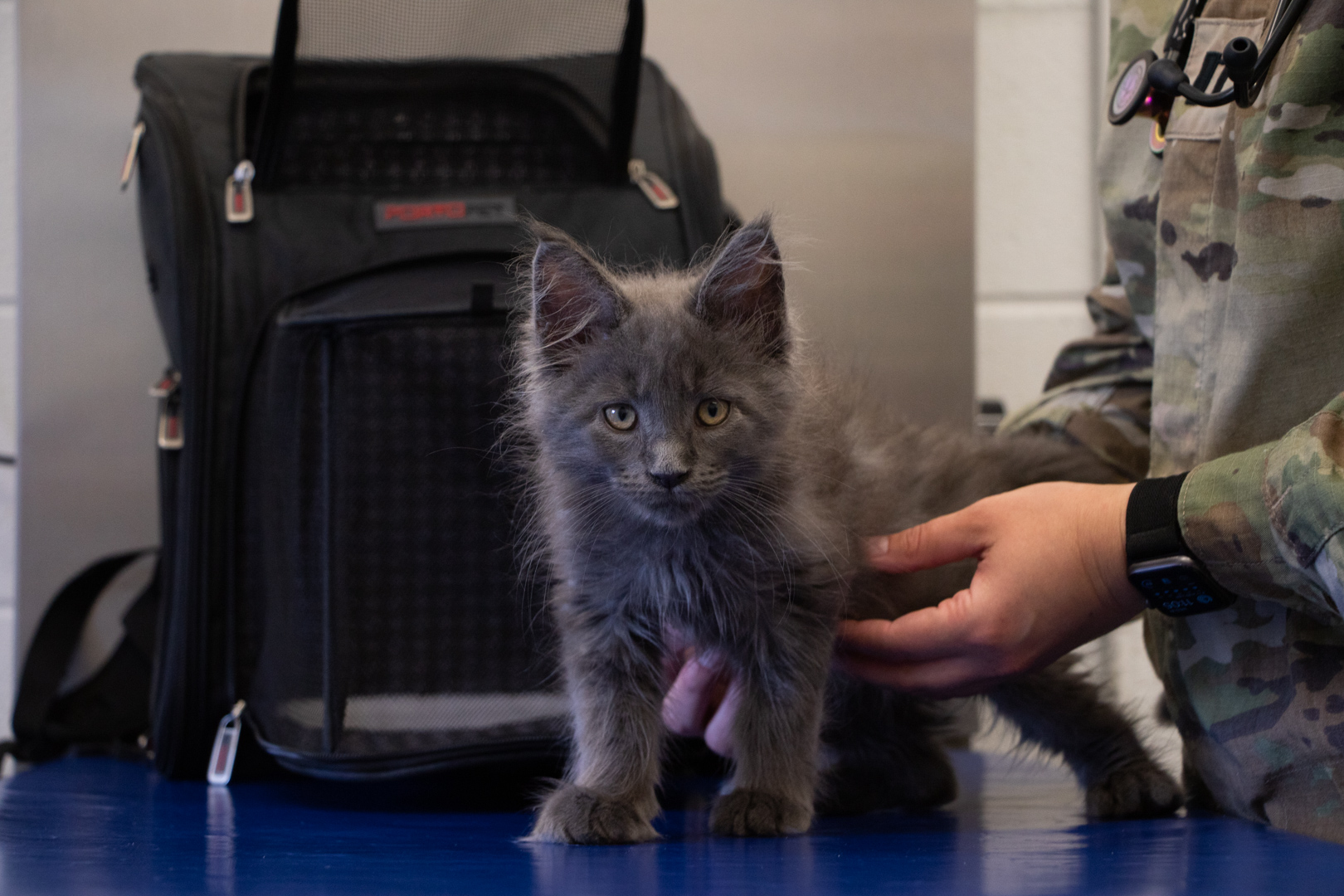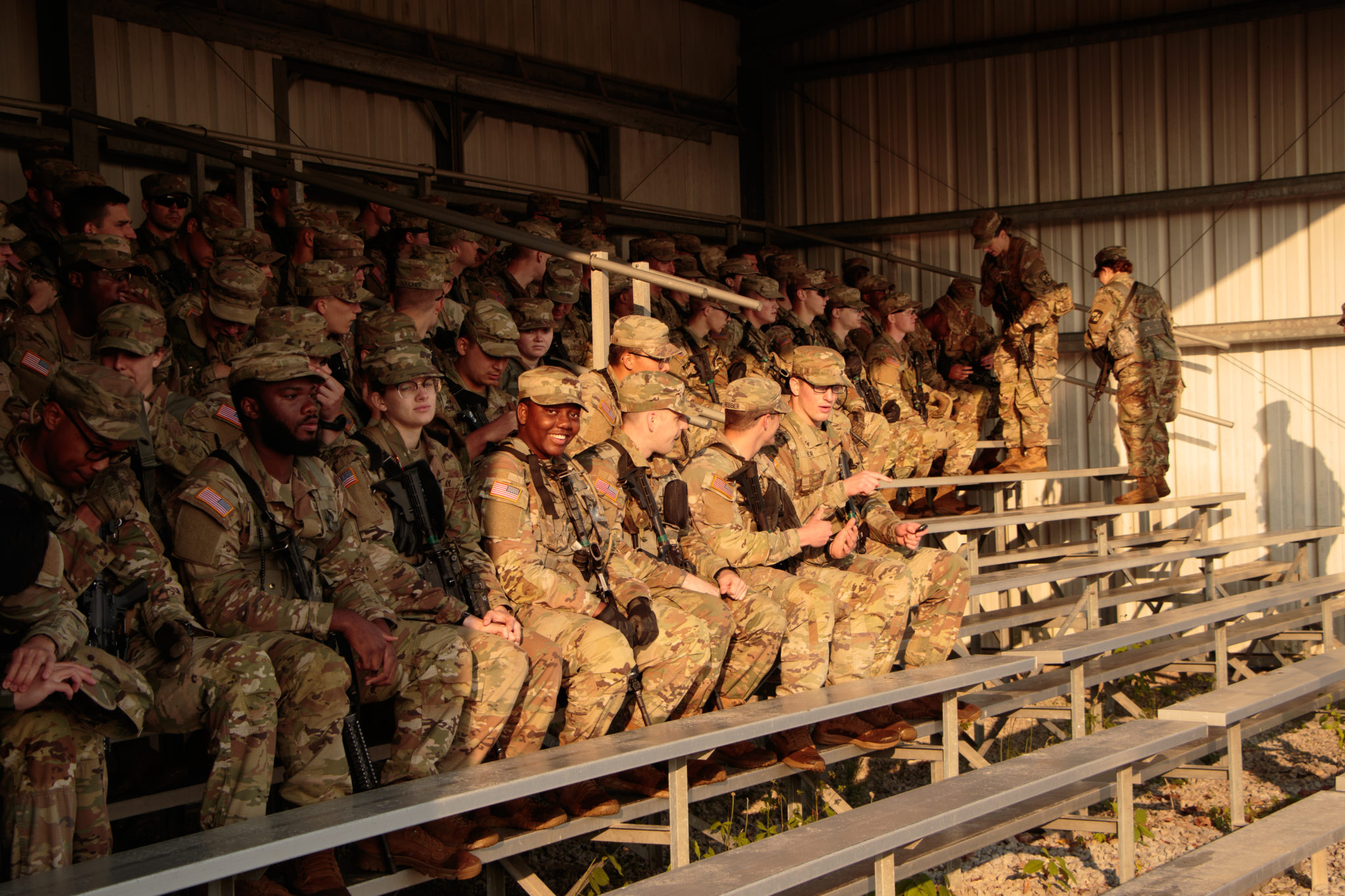When Soldiers and Cadets are out in the field, they are supplied Meals Ready-to-Eat (MRE).
“Just like having a bag of chips, you literally have a whole meal in a bag,” said Sgt. Devonte Bush, 1st Medical Brigade, Fort Hood, TX assigned to Task Force Med supporting Cadet Summer Training.
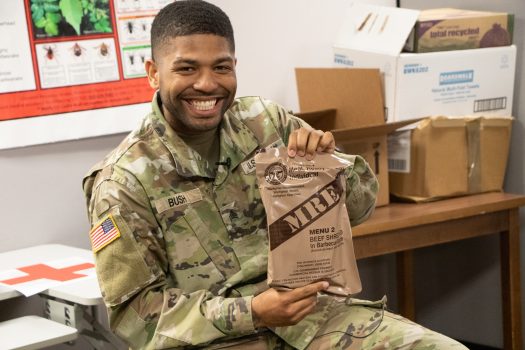
Unlike a bag of chips, the MREs are meant to sustain the Cadets. MREs are condensed meals in packages that contain all the macronutrients a soldier needs for the day.
“Eating right is the foundation what builds us and what makes our bodies strong,” said 1st Lt. Brittany McClay, a dietitian from the Carl R Darnall Army Medical Center, Fort Hood, TX assigned to Task Force Med here at Fort Knox, supporting Cadet Summer Training. “It provides our energy for the mission, it literally fuels the mission. The Soldiers being the equipment that has to carry that mission forward. It is extremely critical to be staying up on our nutrition all around and getting in enough calories to not create or compromise the mission by us not being able to perform at the level we need to.”
There are various types of MREs when it comes to the kind of entrées and snacks they contain — creating balanced meals that complement each other according to their nutritional values.
“Some contain caffeine to help with the neural stimulation to keep us cognitively ready for whatever that mission demands,” said McClay. “The different components of the MRE become important at different times, 30- 60 minutes before you start whatever that physically demanding task is, often times it’s the ruck, the big event of getting from point a to b in the day, you want to have some kind of carbohydrate – that’s our bodies quickest form of energy and it’s going to help to cognitively wake you up a little bit and to help you carry that energy forward.”
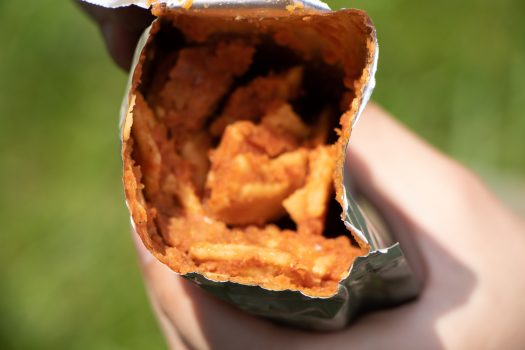
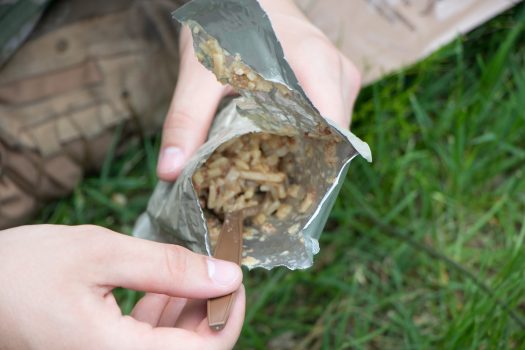
This is one way McClay suggests to break up the meal to ensure Cadets are getting their nutritional and caloric requirements throughout the demanding field trainings. Other ways she has seen it been done include eating the dessert first that gives them a spike in energy.
“Entrée portion, … that’s what’s going to carry you through, so maybe a couple hours or midway through that ruck would be a good time to have that,” said McClay. “Often times people do save that post ruck or that energy demanding event because then they can have the protein that can be really critical for muscle recovery and be ready to hit the next day harder. It’s more common that people will do the dessert or the higher carbohydrate snacks.”
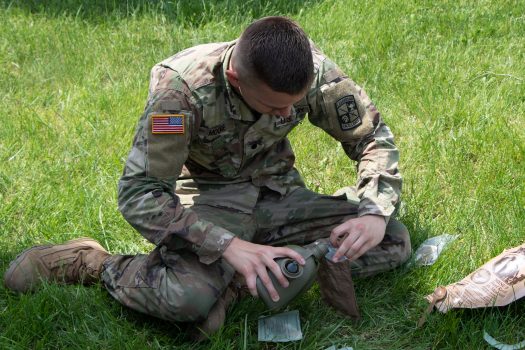
McClay also talked about how there are beverage powders in packs that help to replenish electrolytes, and also adding the salt packet to your canteen can help promote drinking more water which is necessary out in the field when Cadets are sweating so much. Salt helps you to retain that water while sweating.
Often times Cadets do not feel up to drinking and eating when they are in the field, but it is necessary.
“As much as your body needs that energy and it will feel a lot better from it,” said McClay. “They don’t realize that before and they will just kind of skip maybe to catch up on sleep or whatever they need to do, but that can become really dangerous as well.”
Not all MREs are the most appetizing meals, but they fuel Cadet’s bodies. It is really all about “the luck of the draw” on which one Cadets get.
“Some are actually pretty good,” said Bush. “My favorite one is the chili mac… I like any kind of red sauce. I don’t eat anything white and creamy… They’re not bad, just after a while you don’t want to eat them all the time.”

